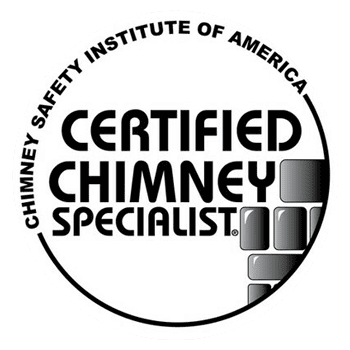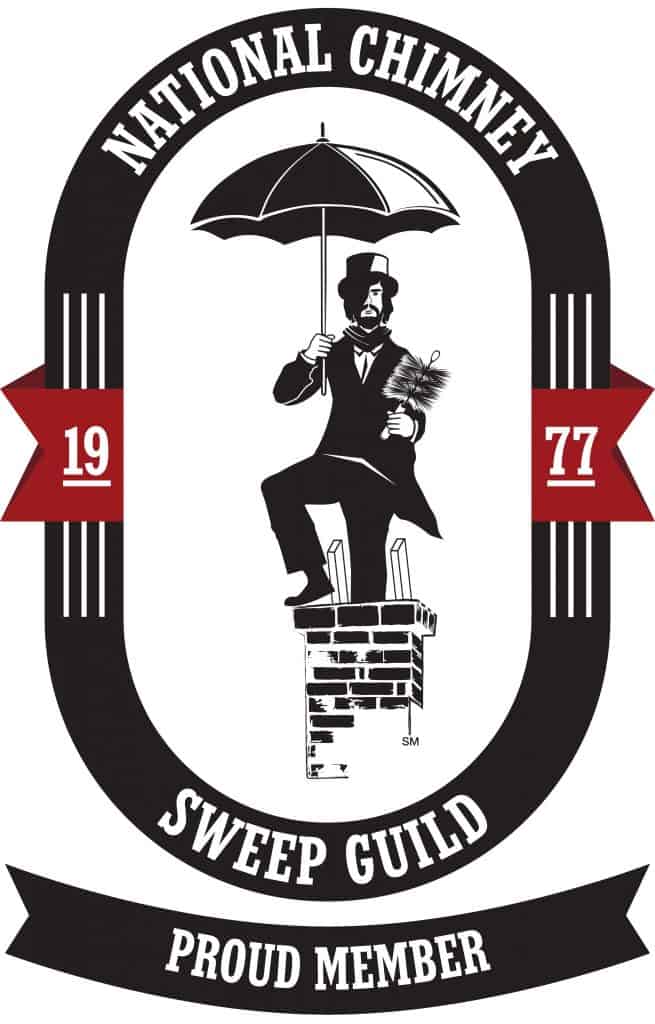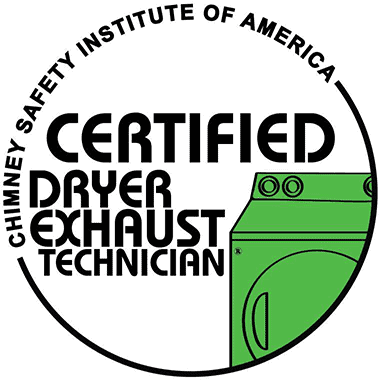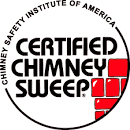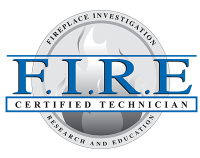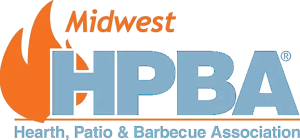When it comes to maintaining the safety and functionality of your fireplace, one of the most critical yet often overlooked components is the chimney crown. A well-maintained chimney crown ensures your chimney system remains in optimal condition, protecting your home from potential hazards. In this article, we’ll explore why chimney crown inspection is essential, what to look for, and how it relates to other chimney components like the chimney cap and chimney sweep.
What Is a Chimney Crown?
The chimney crown, also known as the chimney top, is the protective structure at the very top of your chimney. It is designed to shield the chimney’s masonry from water damage and prevent debris from entering the flue. Typically made from concrete, stone, or metal, the chimney crown plays a crucial role in ensuring your chimney system functions safely and efficiently.
Why Is Chimney Crown Inspection Important?
1. Preventing Water Damage
One of the primary functions of the chimney crown is to prevent water from seeping into the chimney’s masonry. Water infiltration can lead to serious issues, such as masonry deterioration, mold growth, and structural damage. Regular chimney crown inspection helps identify cracks, chips, or other damage that could compromise its integrity. By addressing these issues promptly, you can avoid costly repairs and extend the lifespan of your chimney system.
2. Enhancing Safety
A damaged or deteriorating chimney crown can compromise the safety of your fireplace. Cracks in the crown may allow water to penetrate the chimney, which can eventually lead to dangerous chimney fires or carbon monoxide leaks. Regular inspections ensure that any potential issues are caught early, reducing the risk of dangerous situations and ensuring the safety of your home and family.
3. Ensuring Proper Ventilation
The chimney crown also plays a role in ensuring proper ventilation of your chimney. A well-maintained crown helps keep debris and animals out of the flue, which is essential for efficient airflow and smoke evacuation. Regular inspections help ensure that the crown is functioning as intended and that your chimney remains clear and effective.
How to Inspect a Chimney Crown
1. Visual Inspection
Start by conducting a visual inspection of the chimney crown from the ground using binoculars. Look for any obvious signs of damage, such as cracks, chips, or missing pieces. Pay attention to the condition of the mortar joints and the overall integrity of the crown.
2. Check for Water Damage
Examine the chimney crown for signs of water damage. Look for discoloration, staining, or efflorescence (white, powdery deposits) on the crown’s surface. These indicators can suggest that water has penetrated the crown and caused damage.
3. Assess the Chimney Cap
The chimney cap, which sits on top of the chimney crown, is another crucial component in protecting your chimney system. Ensure that the cap is properly installed and in good condition. A damaged or missing chimney cap can lead to water infiltration and debris accumulation in the flue.
4. Professional Inspection
While a visual inspection can provide valuable insights, it’s essential to have a professional chimney inspection performed regularly. Chimney sweeps and chimney restoration experts have the experience and tools needed to thoroughly assess the condition of your chimney crown and other components.
When to Schedule a Chimney Crown Inspection
1. Annual Inspections
It’s recommended to have your chimney crown inspected at least once a year. Regular inspections help identify and address potential issues before they escalate, ensuring that your chimney remains in good working order.
2. After Severe Weather
If your area experiences severe weather conditions, such as heavy rain, strong winds, or freezing temperatures, it’s a good idea to schedule a chimney inspection afterward. Severe weather can cause damage to the chimney crown, and prompt inspection can help prevent further issues.
3. Before Using the Fireplace
Before using your fireplace for the season, schedule a chimney crown inspection to ensure that everything is in proper condition. This pre-season check can help you address any issues before you start using your fireplace regularly.
The Relationship Between Chimney Crown and Other Components
1. Chimney Cap
The chimney cap works in conjunction with the chimney crown to protect your chimney system. While the crown shields the masonry from water damage, the cap prevents debris, animals, and water from entering the flue. Ensure that both the crown and cap are in good condition for optimal protection.
2. Chimney Cap Replacement
If your chimney cap is damaged or missing, it’s important to schedule a chimney cap replacement promptly. A new cap will help protect your chimney crown and prevent issues such as water infiltration and debris accumulation.
3. Chimney Sweep
Regular chimney sweeping is essential for maintaining the overall health of your chimney system. A professional chimney sweep will clean the flue and remove any soot or creosote buildup. Combining regular sweeping with chimney crown inspections ensures that your entire chimney system remains in top condition.
Protect Your Home with Kansas City’s Top Chimney Sweep
Investing in regular chimney crown inspections is a crucial safety measure that can prevent costly repairs, enhance safety, and ensure the efficiency of your fireplace. By keeping a close eye on the condition of your chimney crown, cap, and overall chimney system, you can enjoy peace of mind and a safe, functional fireplace.
For those in Kansas City, KS, Chimney Restoration of Kansas City is here to provide expert chimney inspections, maintenance, and restoration services. Our dedicated team is committed to ensuring your chimney system operates safely and efficiently. Reach out to us today to schedule your chimney crown inspection and experience the difference our professional services can make. Talk with Chimney Restoration of Kansas City to keep your chimney in excellent condition and safeguard your home.



